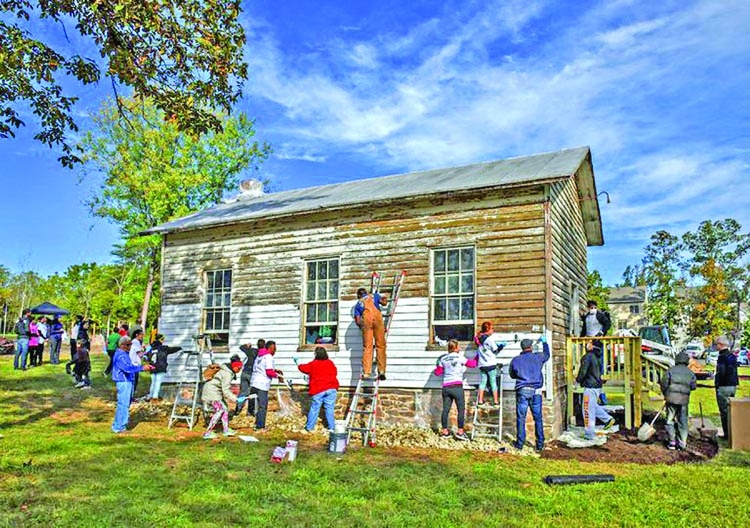Published: 01:05 AM, 16 April 2018
How much power do books have to teach young people tolerance of others?

If you were a judge sentencing juveniles who vandalized property with racial epithets or remarks, what punishment do you think you might give them? Why?In "Teenage Vandals Were Sentenced to ReadBooks. Here's What One Learned," Christine Hauser writes about a sentence a judge gave to teenagers who defaced a historic black schoolhouse with swastikas and the words "white power" and "black power":
Instead of spending time in community service, Judge Avelina Jacob decided, the youths should read a book.But not just any book. They had to choose from a list of ones covering some of history's most divisive and tragic periods.
The horrors of the Holocaust awaited them in "Night," by Elie Wiesel. The racism of the Jim Crow South was there in Maya Angelou's "I Know Why the Caged Bird Sings." The brutal hysteria of persecution could be explored in "The Crucible" by Arthur Miller.
... Since the Ashburn case, the reading sentence has been applied to another case, one involving a 14-year-old who threatened a black student with a noose, Ms. Rueda said.She gathered a list of 36 books with input from librarians who emphasized that the most enlightening could be "A Wreath for Emmett Till," a poetry book about a black youth of the same age who was murdered in Mississippi in 1955.
Marilyn Nelson, the author, said she was concerned it might have the opposite effect to what was intended. "I can't say I'm pleased to know that my work is being inflicted as a punishment," she said. "Will kids punished by being made to read poetry ever read poetry again?"
Other authors expressed hope that the underlying message in their works was not lost.Mr. Boyle, whose "The Tortilla Curtain" is told from four points of view, said he hoped the teenager "will be able to live inside the skin of someone unfamiliar to him, whether that be the Mexican immigrant couple or the Anglo couple living in a gated community, and that the experience will enrich his social perspective."
Students: Read the entire article, and then tell us:
What are your thoughts on juvenile offenders being required to read certain books as part of their punishment?
How do you respond to the idea that making reading books a punishment may lead to resistance to reading in the future? Why?
If you were a judge who heard cases involving juveniles, how would you determine what their punishment should be?
Do you think it's possible, as author T.C. Boyle suggests, to have one's social perspective enriched by reading books about characters whose lives are seemingly very different from the reader's own? What about other forms of art? Explain.
What about other types of punishments such as performing community service, writing letters of apology to victims and so on? Are those, in your opinion, also potentially helpful in getting young people who've had a brush with the law to change their lives?
Students 13 and older are invited to comment. All comments are moderated by the Learning Network staff, but please keep in mind that once your comment is accepted, it will be made public.
Shannon Doyne is a writer and The New York Times Journalist
The article has been published in The New York Times




